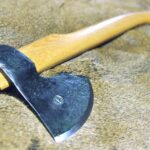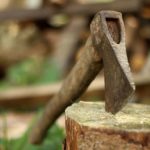How to make a wedge for an ax
A quality garden tool is worth its weight in gold. That is why gardeners, having once bought a good ax, try with all their might to extend its service life. To do this, you need to properly wedge it and secure it to the ax handle.
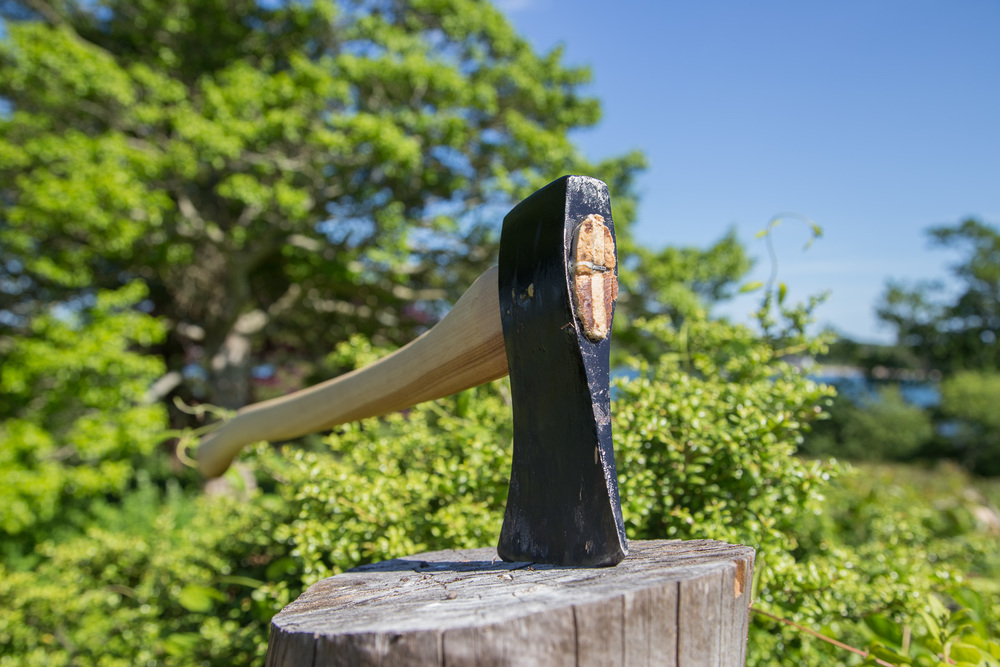
The content of the article
How to make a wedge for an ax with your own hands?
An ax is considered a dangerous type of tool. Before starting work, you need to make sure not only that it is sharp, but also check how tightly it sits on the ax handle. If the metal attachment comes off the wedge, an accident may occur.
A person who often works as a cleaver must be able to put it on an ax handle.
Depending on the variety, the fastening also differs. For an ignorant person, the feature of wedging is no different, but experienced carpenters know how and practice proper fastening of a specific type of ax.
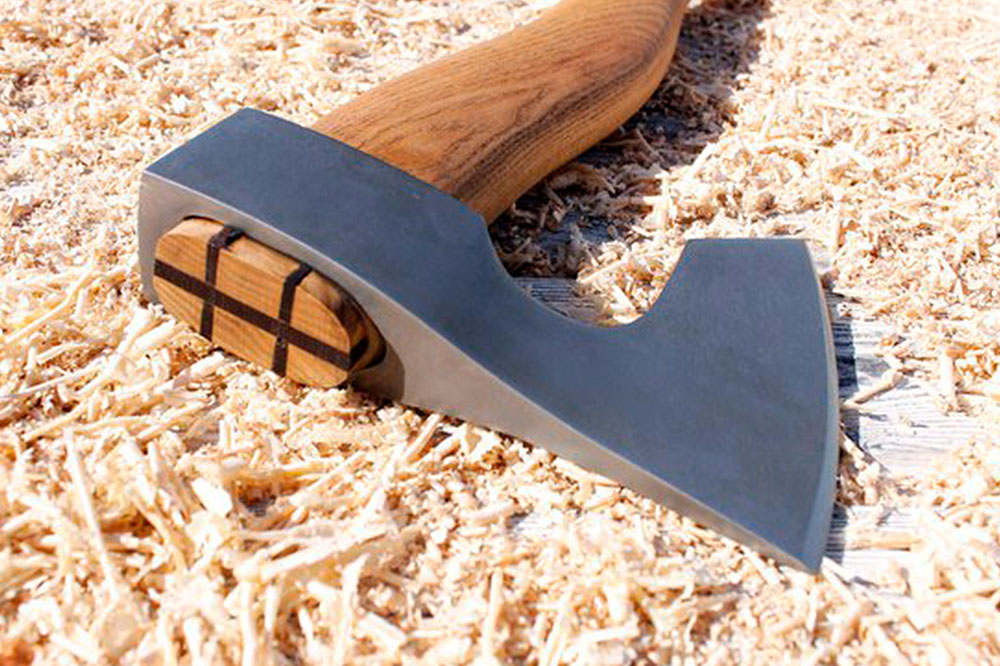
How to make a wedge for an ax?
There are several proven methods of fastening:
- Welding. A reliable and fast method for those who know how to handle a welding machine. The tool gains reliability and long service life.
- Gluing with epoxy resin. It is done only in professional conditions and in rooms with good ventilation.
- The use of metal wedges made independently from scrap items.
Sometimes manufacturers create a single design that does not have to be assembled and tested for strength before use.
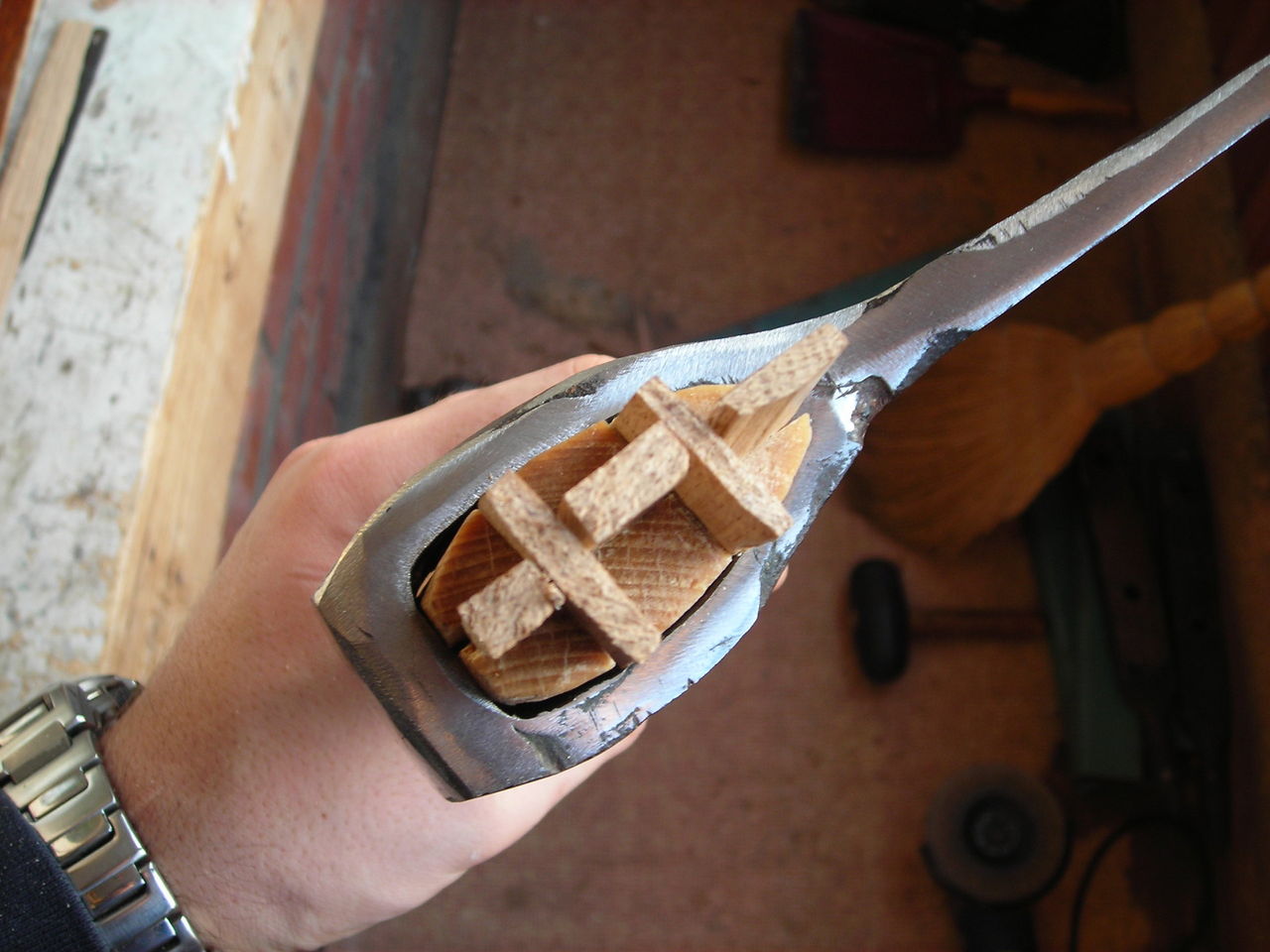
We will consider in more detail only the last method, as the most accessible for self-production.
Placing an ax on an ax handle
The work requires certain skills and knowledge of theory, otherwise nothing will work. The wedge can be made of sheet metal or wood. For inexperienced owners, it is recommended to follow the sequence of actions:
- Preliminary preparation. The shaft is made mainly from birch, initially it is slightly larger than the diameter of the cleaver attachment; you will have to adjust it to the size yourself using a knife or a special woodworking tool.
- Marking. Eyelets are marked with a simple pencil; they are made straight or conical. Don't forget to mark the places where the wedges will be driven.
- The depth of the cutouts is measured on the handle. Their size should be smaller so that the cleaver sits tightly and does not fall off.
- The cuts are treated with sandpaper. It is not necessary to achieve perfect smoothness; in the future, this place on the shaft will be covered with a metal nozzle.
- Good quality wedges are sold in hardware stores, or you can create them yourself from hard tin or dried birch logs.
- First, the cleaver is placed on the shaft. To do this you will need a thick piece of board and a rubber mallet. Care is important, without using excessive force, so as not to damage the cleaver and ax handle.
- Next, wedging is carried out. A popular option is a single cut into which a wooden wedge is driven. Make sure that the grain of the wood is parallel to the sharp part.This way it will not break during installation and operation of the tool.
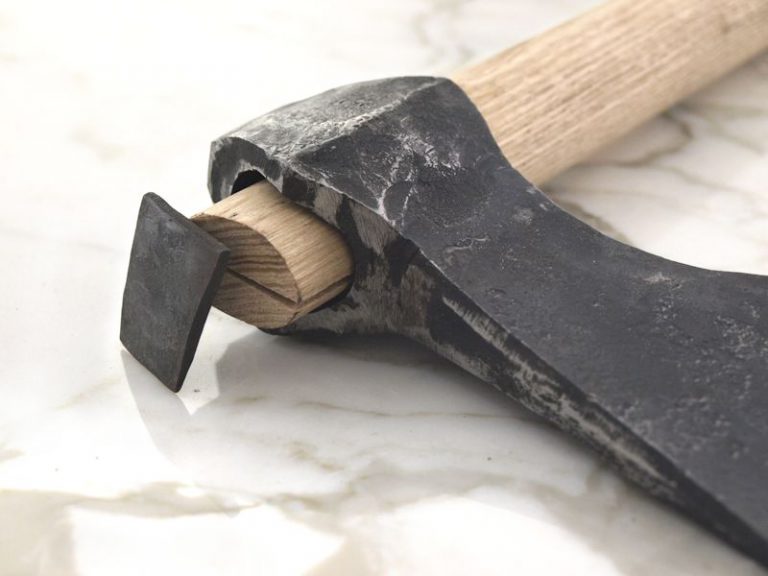
An ideal fit is considered when the wedge fills the entire cut cavity. The protruding parts are ground down and the reliability of the ax is checked. If the master decides to also use metal wedges on top of wooden ones, they are hammered in at the final stage and then bent so as to cover the wooden part.

